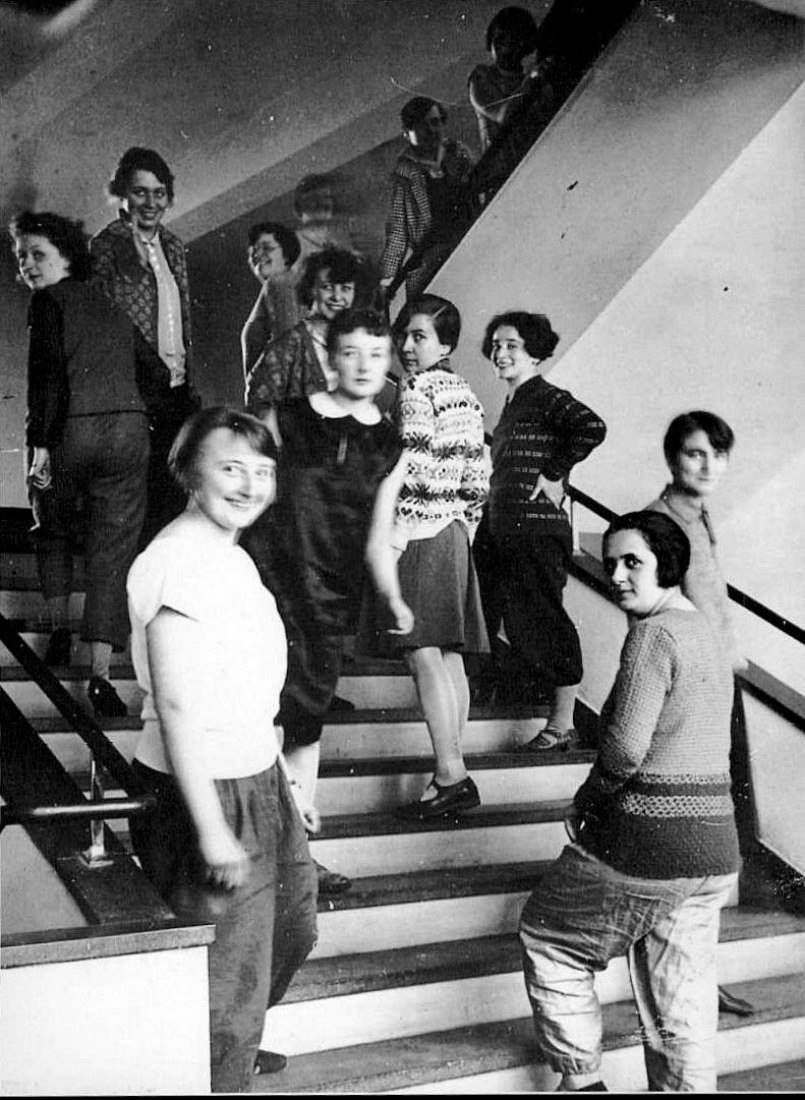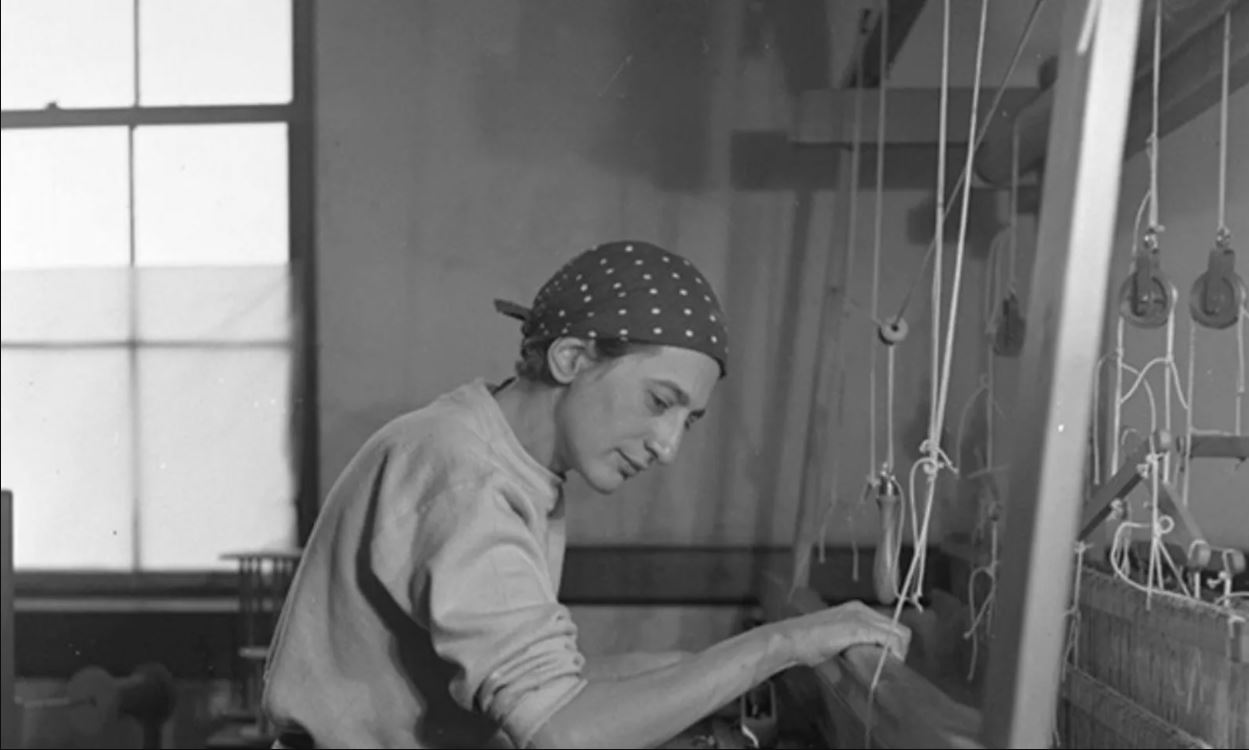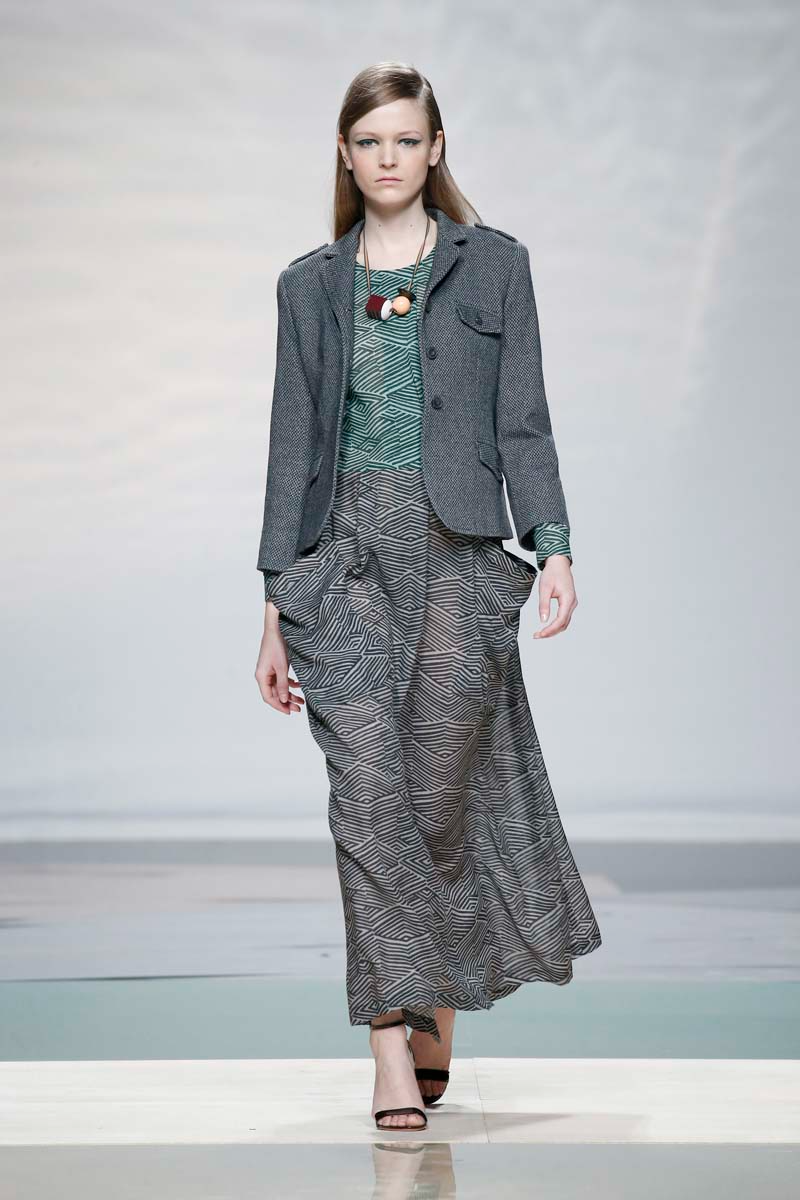
The Bauhaus School was founded in 1919 in Weimar, Germany, under the name Staatliche Bauhaus (State Building House). It was a distinguished school of arts, design, and architecture, renowned for its significant contributions to the creative field.
The main idea was to recover the artisanal essence of human endeavor, which had gradually been displaced by the industrial processes of mass production. The Bauhaus was closed in 1933 with the rise to power of the fascist regime.
The Bauhaus was a revolution in the world of design. It bridged the gap between art and craft, emphasized the functionality of objects, and transformed teaching methods.
The Bauhaus was a revolution in the world of design. It bridged the gap between art and craft, emphasized the functionality of objects, and transformed teaching methods.
A total of 462 women took part. Most were trained in the school's textile workshops—an activity intended for women—but some managed to get into other courses initially focused on men.

Lilly Reich, a designer and architect who collaborated closely with Mies van der Rohe on several designs, including the 1929 German Pavilion, was one of the few female professors at this design and arts school. Another was Gunta Stölzl, who became the director of the textile workshop and also created the upholstery for the furniture designed by Marcel Breuer at the Dessau school.
Anni Alberts, who also trained at the design workshop, would become the first female textile artist to have a solo exhibition at MoMA in New York.
Another prominent female name from the Bauhaus is that of Marianne Brandt, a complete artist who was a painter, sculptor, industrial designer and photographer.
Ailanto paid homage to the women of the Bauhaus in its 2015 winter collection.





0 comments